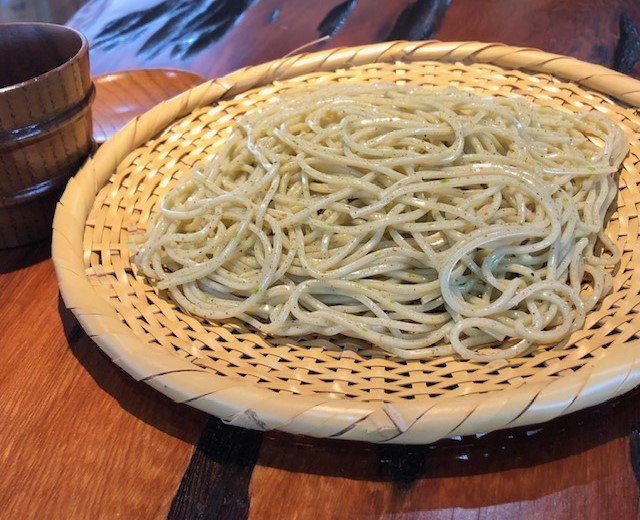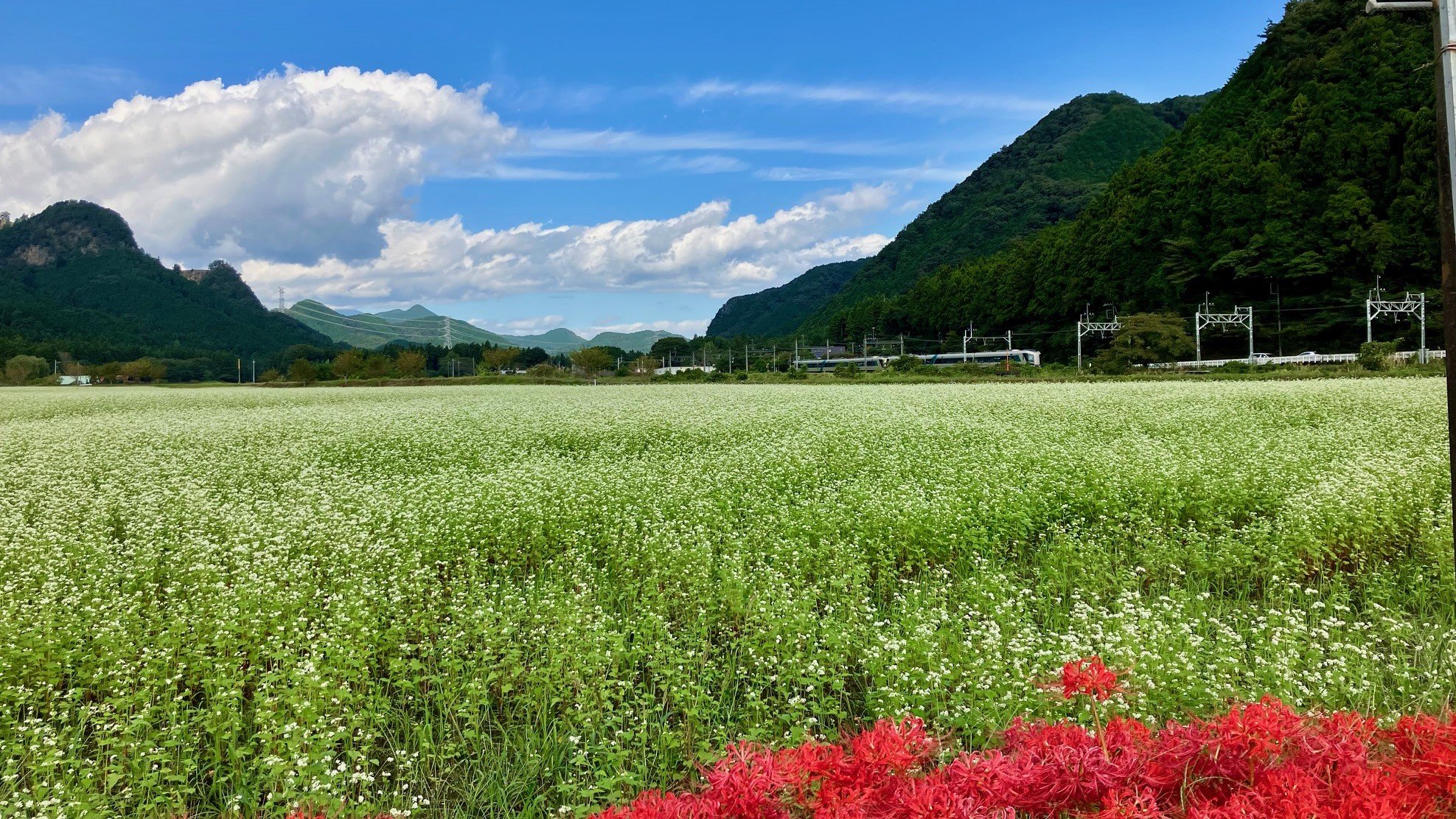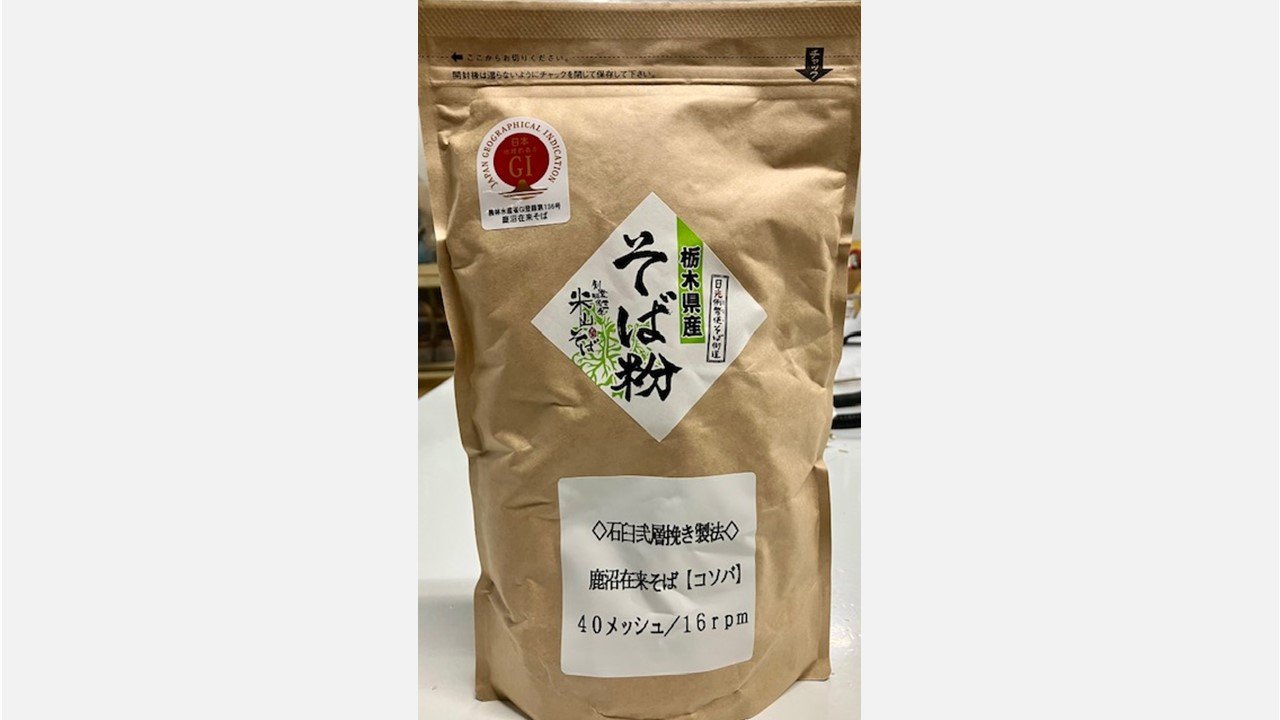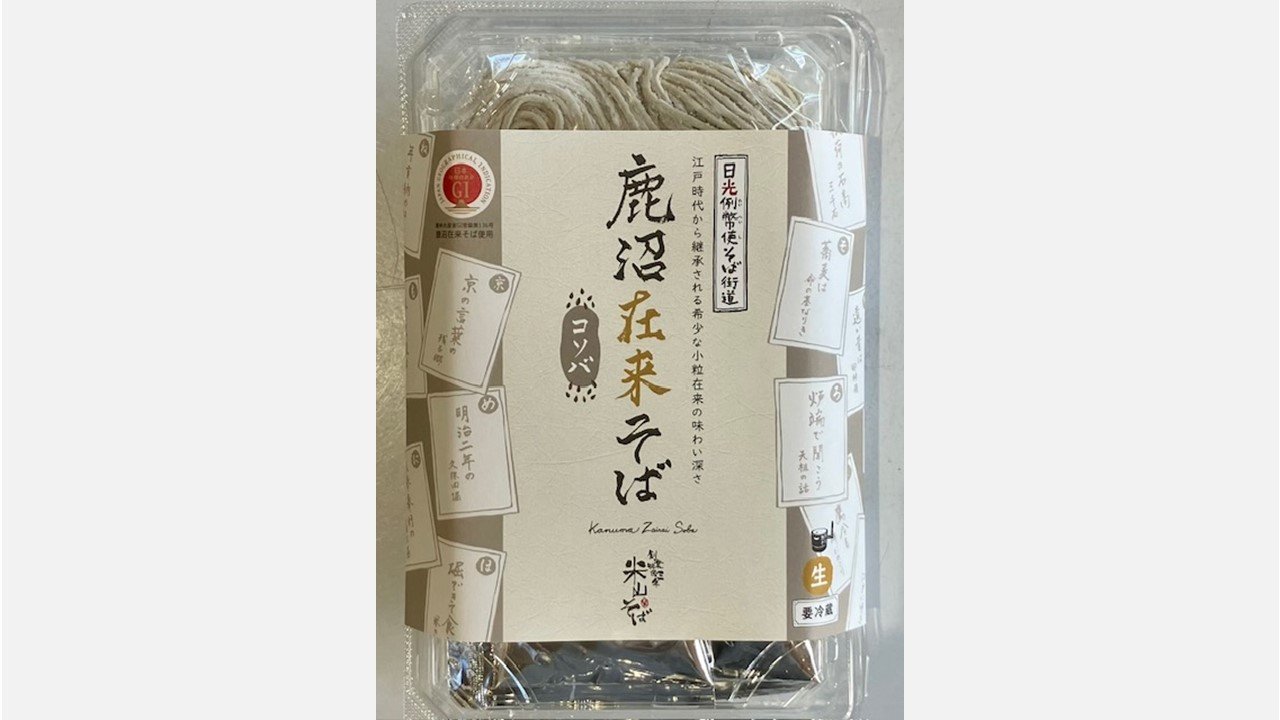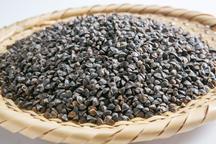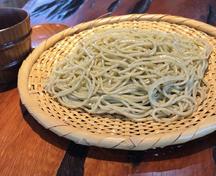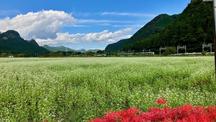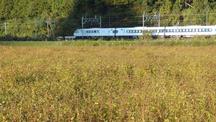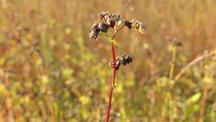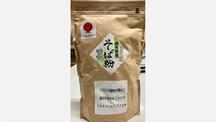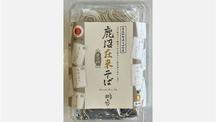KANUMA-ZAIRAI SOBA
| Registration Number | 136 |
|---|---|
| Name of the GI | KANUMA-ZAIRAI SOBA |
| Class | Vegetables/ Cereal grains/Pulses |
| Date of Protection | 2023/07/20 |
| Producing Area |
Tochigi Prefecture
Kanuma City |
| Applicant - Name and Address | Kanuma Soba Promotion Association Kanuma City Hall, 1688-1 Imamiyacho, Kanuma City, Tochigi Prefecture |
Producing Area
"KANUMA-ZAIRAI SOBA" is a native variety of buckwheat (1) cultivated in the mountainous regions of Kanuma City, Tochigi Prefecture.
Compared to ordinary unpolished buckwheat, the variety is characterized by small and slim grains with thin hulls, resulting in a higher ratio of the cuticle, which is the primary source of the aroma and, thus, the richer fragrance of polished buckwheat. When prepared into noodles, it gives a firm texture and flavor that is free of odd taste.
"KANUMA-ZAIRAI SOBA" flour comes in two types: 1) country-style soba flour produced by milling unhulled grains harvested after ripening, and 2) fresh-flavor, light-green soba flour prepared by milling unpolished buckwheat that is harvested early.
The native variety "KANUMA-ZAIRAI SOBA" is cultivated in the mountainous regions (mainly Nagano, Awano, Nanma, Kuga, and Oashi Districts) of the producing area, Kanuma City.
The buckwheat plants are cultivated for about 55 to 65 days. The grains are harvested either early or after full ripening, which is judged by considering the percentage of blackened grains.
For early harvest, grains are harvested according to the methods specified by the Kanuma Soba Promotion Association to maintain their freshness. Fully ripened grains are also harvested according to the methods specified by the Kanuma Soba Promotion Association by considering the percentages of blackened grains.
The producing area of "KANUMA-ZAIRAI SOBA", i.e., Kanuma City, Tochigi Prefecture, is located on the southern slopes of the Nikko Mountains (2). Its climate, characterized by significant temperature differences, intensifies the flavor of buckwheat and is thus ideal for cultivating buckwheat of excellent savor.
The soil in the producing area is not rich, making it challenging to cultivate rice. Therefore, buckwheat has been produced since the Edo period (3) and became established as the local food culture.
In 1869, agricultural irrigation channels were completed in the area, increasing rice production. Buckwheat's role shifted into an off-season crop cultivated by each farm in small quantities. The prolonged small-scale and closed cultivation enabled the local variety to maintain its original characteristics even though buckwheat crossbreed easily.
In later years, buckwheat attracted attention as a local food culture. Research for expanding production found that the buckwheat grown in the area is a native variety. Since then, the soba has been cultivated mainly in isolated farmlands, such as in valleys surrounded by mountains, to prevent crossbreeding and protect and pass the native variety to future generations.
As of 2020, the soba is grown on 258ha of land, the largest area in Tochigi Prefecture. With the Association taking the initiative, activities to increase production are promoted, such as teaching methods and technologies for the refrigerated storage of original seeds and developing successors and producers.
- Buckwheat: Although buckwheat seeds are known as an ingredient of galettes in European countries, varieties grown in Japan have different characteristics and are therefore used by kneading the flour with water to form a dough and thinly slicing it into noodles. The boiled noodles are commonly eaten by dipping into a sauce based on fish stock and soy sauce.
- Nikko Mountains expand over Nikko City, Tochigi Prefecture, and are one of the prominent mountain massifs in Eastern Japan. Consisting of 2,300m to 2,500m tall peaks, such as Mt. Nantai and Mt. Nyohou, the mountains mark the northern border of the Kanto Plain.
- Edo period: 1603 ~ 1867. A period in the history of Japan, when the shogunate was based in Edo (present-day Tokyo). From the time of the first shogun, Tokugawa Ieyasu, the Tokugawa family was center of the feudal system of the shogunate and domains.

